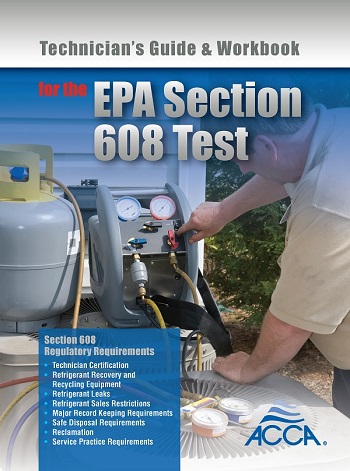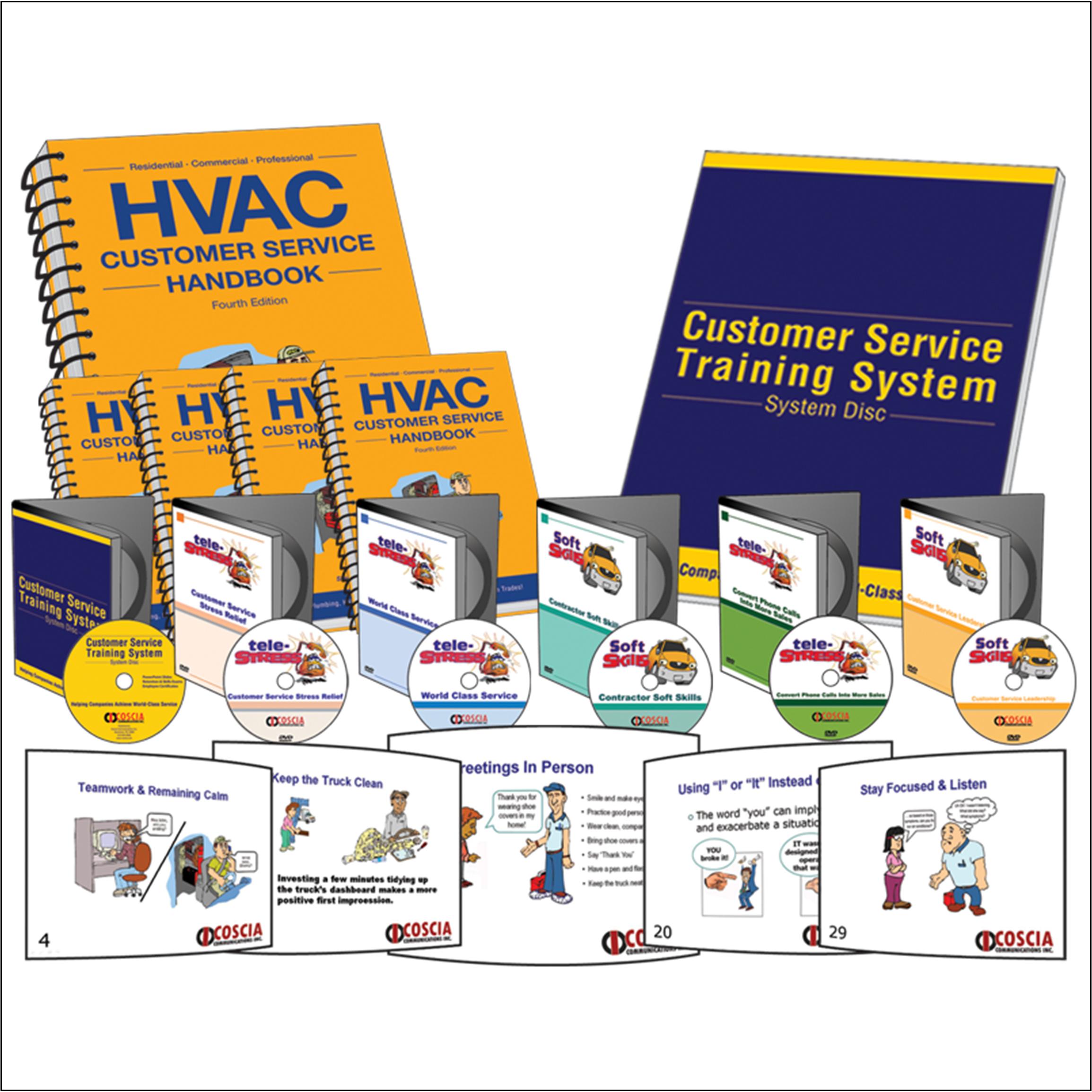The EPA credits a labor shortage as the reason it initially issued the NAA pertaining to the Area Source Rule on March 13, 2012. The agency said there were not enough qualified individuals to prepare boilers for tune-ups and then conduct those tune-ups by the regulatory deadline of March 21, 2012. In addition, the EPA stated there is uncertainty surrounding the pending reconsideration of the Area Source Rule.
With regard to the expanded NAA, the EPA recognizes that facilities that have not completed a tune-up cannot verify that they conducted one. The Area Source Rule requires facilities to submit notification of compliance of the tune-up requirement by July 19, 2012. The NAA extends this deadline to December 31, 2012.
“Regardless of the impending regulations, routine boiler maintenance is recommended to ensure a boiler continues to operate at peak efficiency year after year,” said Welch Goggins, president and CEO of Cleaver-Brooks, Thomasville, Ga. “To reduce fuel and operating costs, high-pressure steam boilers that do not have a full-time boiler operator should be serviced at least once a month and have a tune-up annually. Maintenance on a heating boiler should be conducted at the seasonal start-up and shut-down, at the minimum.”
The expansion of the NAA applies only to the requirement to submit a Notification of Compliance Status regarding the initial tune-up by July 19, 2012, and it does not affect or apply to other provisions in the Area Source Rule.
Area source facilities subject to the tune-up requirement include existing coal units with heat input capacity of less than 10 million Btu/hour and existing biomass or oil units. For more information about Area Source Rule requirements by fuel type, consult the decision tree available at cleaverbrooks.com/epa.
If a facility emits 10 or more tons per year of any single air toxin, or 25 tons or more per year of any combination of air toxins, it is considered a major source facility subject to Boiler MACT requirements. For more information about the Boiler MACT (also known as the Major Source Rule), visit cleaverbrooks.com/epa.
“Knowing that stricter emissions levels were imminent, our R&D team has been engineering boiler room solutions that minimize emissions while achieving best-in-class efficiency,” said Goggins. “We have a dedicated network of representatives who have the knowledge, experience, and tools necessary to help facilities determine the most cost-efficient way to maintain compliance with the newly enforced regulations.”
Publication date: 8/6/2012




